This is the year we all become climate reporters
The devastating extreme weather events of 2021 woke up many newsrooms to the need to cover human-caused climate change in a sustained, multidisciplinary way. In short, it was a year in which publications realized they needed a climate reporter.
Some, such as ABC News and CNN, formed dedicated new teams focused on the subject this year. The Washington Post and The New York Times already had extensive resources devoted to the subject. But many news organizations, pressed for resources, still view climate through the lens of science or the environment, siloing it off from the business desk, politics, entertainment, and more.
In the wake of the Glasgow Climate Pact, which was long on promises and short on specifics, extreme weather and climate events will increasingly force reporters’ and editors’ hands, demanding more sustained coverage.
But like the high tides invading Miami Beach, the climate change story is leaking into the newsroom. Climate now is just as much a business and foreign policy story as it is a science topic. Local reporters need to be adept at spotting climate impacts in their communities and telling stories about the people affected by them. Business reporters need to understand the risks to the economy of potential stranded assets as oil and gas companies have to shift — perhaps suddenly — to renewables, leaving many of their proven, valuable reserves in the ground.
National security reporters are already covering climate conflicts, they just might not realize it yet. The geopolitical risks from the destabilizing impacts of climate, including water stress, migration, and severe storms mean that foreign reporters will have to be climate literate.
There have never been so many resources to help journalists tell climate stories, either. For example, investigative journalists can now take advantage of new datasets coming online from satellite companies, such as measurements of carbon dioxide and methane emissions. Working with data reporters, this information can help identify countries and even individual cities and companies that are not living up to their emissions reduction commitments.
In the next few years, a news company — think CNN, The Washington Post, or the LA Times — will take advantage of the decreased cost of accessing space to launch its own Earth-observing satellite, and use its data in storytelling and to sign up subscriptions. Instead of a local TV station advertising a new “Super Doppler 9000” radar for its weather center, I expect media promos about methane-detection satellites to start running in 2022 or 2023.
Andrew Freedman covers climate and energy for Axios.

The devastating extreme weather events of 2021 woke up many newsrooms to the need to cover human-caused climate change in a sustained, multidisciplinary way. In short, it was a year in which publications realized they needed a climate reporter.
Some, such as ABC News and CNN, formed dedicated new teams focused on the subject this year. The Washington Post and The New York Times already had extensive resources devoted to the subject. But many news organizations, pressed for resources, still view climate through the lens of science or the environment, siloing it off from the business desk, politics, entertainment, and more.
In the wake of the Glasgow Climate Pact, which was long on promises and short on specifics, extreme weather and climate events will increasingly force reporters’ and editors’ hands, demanding more sustained coverage.
But like the high tides invading Miami Beach, the climate change story is leaking into the newsroom. Climate now is just as much a business and foreign policy story as it is a science topic. Local reporters need to be adept at spotting climate impacts in their communities and telling stories about the people affected by them. Business reporters need to understand the risks to the economy of potential stranded assets as oil and gas companies have to shift — perhaps suddenly — to renewables, leaving many of their proven, valuable reserves in the ground.
National security reporters are already covering climate conflicts, they just might not realize it yet. The geopolitical risks from the destabilizing impacts of climate, including water stress, migration, and severe storms mean that foreign reporters will have to be climate literate.
There have never been so many resources to help journalists tell climate stories, either. For example, investigative journalists can now take advantage of new datasets coming online from satellite companies, such as measurements of carbon dioxide and methane emissions. Working with data reporters, this information can help identify countries and even individual cities and companies that are not living up to their emissions reduction commitments.
In the next few years, a news company — think CNN, The Washington Post, or the LA Times — will take advantage of the decreased cost of accessing space to launch its own Earth-observing satellite, and use its data in storytelling and to sign up subscriptions. Instead of a local TV station advertising a new “Super Doppler 9000” radar for its weather center, I expect media promos about methane-detection satellites to start running in 2022 or 2023.
Andrew Freedman covers climate and energy for Axios.
AX Mina

Matthew Pressman

Izabella Kaminska
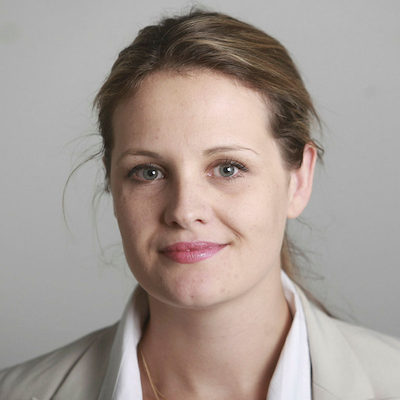
Christoph Mergerson
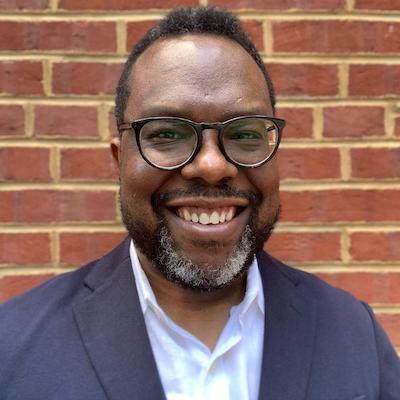
j. Siguru Wahutu
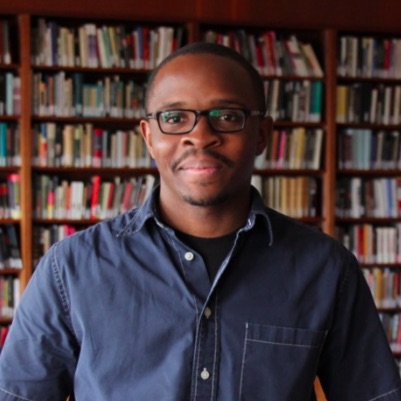
Jim Friedlich

Jennifer Brandel

Jesenia De Moya Correa
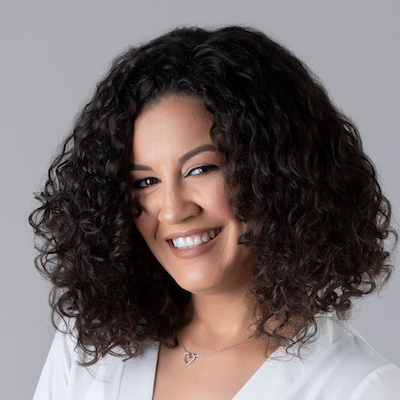
Joshua P. Darr

Nikki Usher

Meena Thiruvengadam
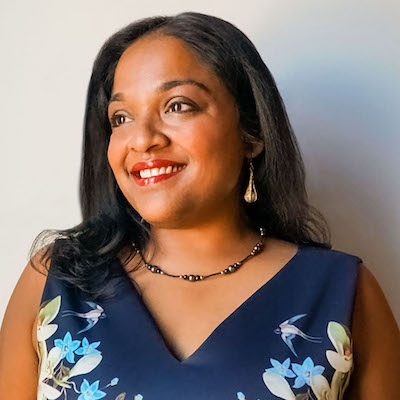
Wilson Liévano

Andrew Freedman

Tamar Charney

Simon Galperin

Natalia Viana

Brian Moritz

Richard Tofel

Mike Rispoli

Sam Guzik

Matt DeRienzo

A.J. Bauer

Tony Baranowski

Jesse Holcomb

Gonzalo del Peon

Victor Pickard

Rasmus Kleis Nielsen

Parker Molloy

Burt Herman

Raney Aronson-Rath

Chicas Poderosas

Gabe Schneider

Kerri Hoffman
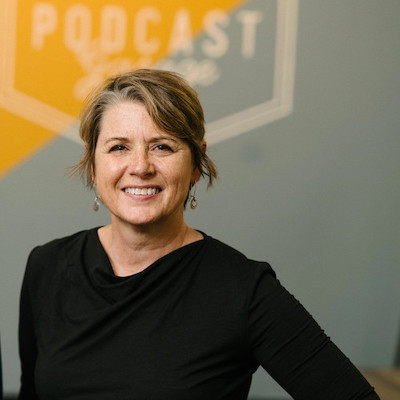
Cindy Royal

Paul Cheung

Doris Truong

Mario García
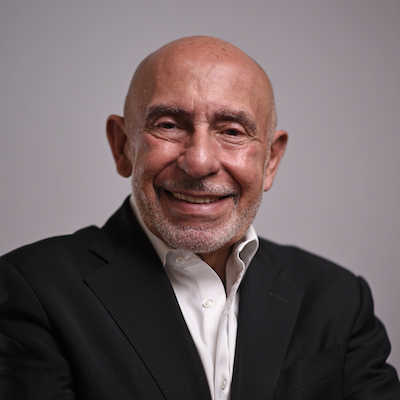
S. Mitra Kalita
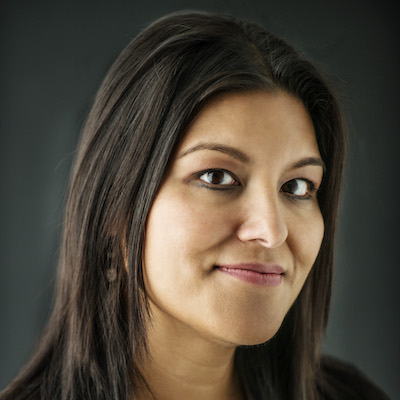
Amy Schmitz Weiss
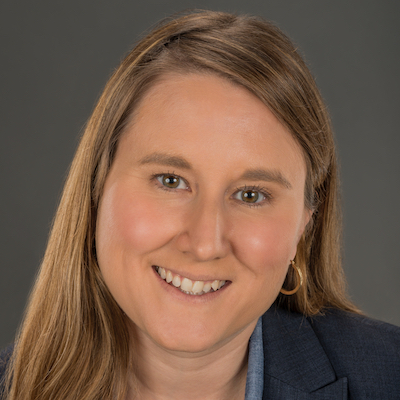
Cherian George
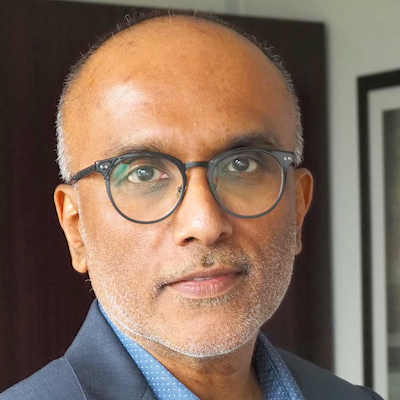
Gordon Crovitz

Jody Brannon

Cristina Tardáguila

John Davidow

Laxmi Parthasarathy

Michael W. Wagner

David Skok

Juleyka Lantigua

Amara Aguilar

Sarah Marshall

James Green

Anita Varma

Rachel Glickhouse

Joe Amditis

Moreno Cruz Osório

Megan McCarthy

Shannon McGregor Carolyn Schmitt

Eric Nuzum

Candace Amos
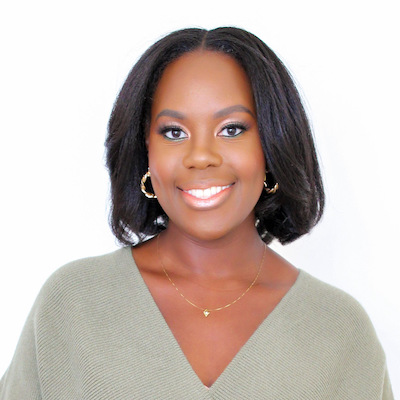
Jonas Kaiser

Alice Antheaume
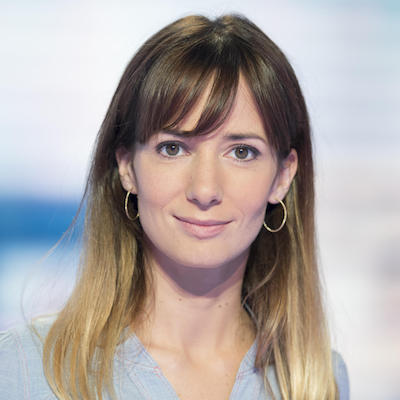
Catalina Albeanu

Ariel Zirulnick

Janelle Salanga

Julia Angwin

Don Day

Kathleen Searles Rebekah Trumble

Julia Munslow

Ståle Grut

Kristen Muller

Sarah Stonbely

Matt Karolian

Joy Mayer

Mandy Jenkins

Zizi Papacharissi

Tom Trewinnard

Chase Davis

Anika Anand

Jessica Clark

Melody Kramer

Joni Deutsch

Mary Walter-Brown

Kristen Jeffers

Anthony Nadler

Stefanie Murray

Jennifer Coogan

Joanne McNeil

Christina Shih

Errin Haines

Millie Tran

Whitney Phillips

Robert Hernandez

Larry Ryckman

Stephen Fowler

Daniel Eilemberg

David Cohn

Shalabh Upadhyay

Kendra Pierre-Louis

Francesco Zaffarano

Simon Allison
